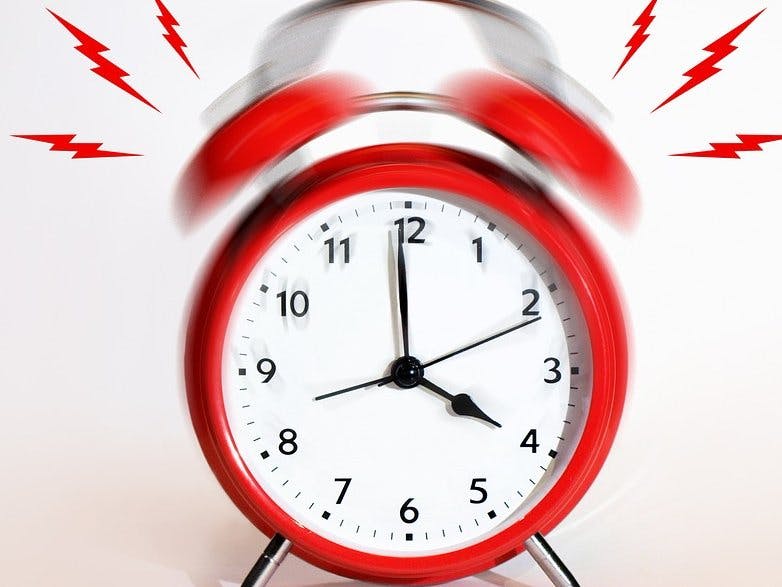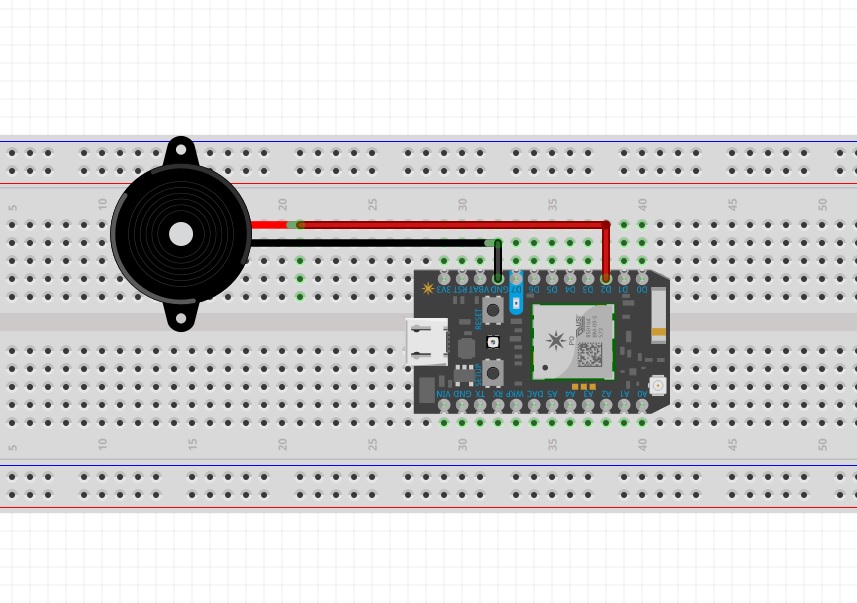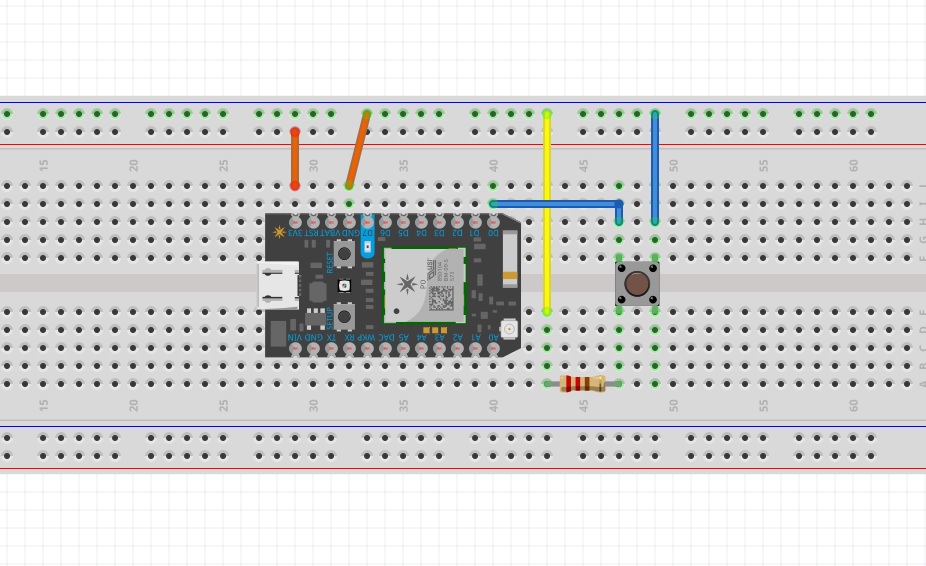Ever wish you could get your friend out of bed to get to class on time? Or have your kid stop laying on the couch and finish their chores? And do it all without having to actually be there?
Disturb at a Distance (DAAD) is your solution!
How to UseSet up easy! You start by placing a buzzer next to the location where you don't want someone to be, either a bed or a couch. Next place a shutoff button in a different location. This can be an inconvenient corner of the house or in a place where you want someone to be (like in the kitchen to finish dishes). This will force an unwilling person to get up and finally start their day or chores.
The buzzer is activated by an app on your phone so you don't have to be in the same room or even zip code to activate the system. Simply download the IFTTT App and connect it to this system. A widget can also be added to your smartphone's home screen for quick and easy buzzer activation.
Still not sure if the DAAD is for you? See how easy the system is to set up and get working with the video demonstration below!
For ParentsDAAD means parents no longer have to take time out of their work day to make sure their kids aren't spending too much time on the couch after school. With the push of a button you can "convince" them to pause Call of Duty or get off Twitter and get up to do the dishes or finish their homework. An LED on each device also alerts the user if the other device received the signal. So if the button is in a location where the buzzer can not be heard, shutting off the alarm will shut off the LED on the button device. No need to worry about annoying neighbors or dogs with the constant buzzing!
DAAD means college students can make sure their roommates or friends no longer oversleep. It does not matters if you live in the same room or have different class schedules. You can now make sure than your friends living off campus wake-up on time for class. Or if you are in class you no longer have to worry about leaving to make sure your friend is awake. No more noise complaints from pounding on their door!
An applet was created using IFTTT to publish an event to the cloud when a button widget is pushed from your cell phone.
Both Photons are subscribed to this event so when the budget widget is pushed, the built in LED on each Photon lights up and the buzzer begins ringing. To shut off the buzzer the push button on the other Photon must be pushed, which will publish another event to the cloud. The buzzer Photon is subscribed to this event and will turn off the buzzer and the on-board LED when the event is published. In return, it will publish an event to let the other Photon know that the buzzer has been turned off. This will trigger the LED on the button Photon to shut off.
While you know that the buzzer should be going off because the button widget was pressed, how do you know if the person on the other end actually got up to push the button instead of just unplugging the buzzer? Lucky for you, Google Sheets will track the data for you so you can confirm that the button was used to silence the alarm each time!
IFTTT was used again to create 2 applets, however, this time IFTTT listens for the buzzer Photon to publish updates about the AlarmState event, either "0" for buzzer off or "1" for buzzer on. When this event is published, a new row will be added to a Google Sheet, recording the Event Content and the timestamp of the event.
This Google Sheet can then be formatted to automatically update the graph for each new row added. This way you can track the status and make sure that the AlarmState was actually changed back to 0, meaning the button was pushed.
Our system uses two Particle Photons. One has a buzzer that is triggered with a widget and the other is attached to the shut off button. The built in LEDs on each Photon are used to signal successful communication between the Photons. Below is the circuit schematics so anyone can have their very own DAAD!


















_3u05Tpwasz.png?auto=compress%2Cformat&w=40&h=40&fit=fillmax&bg=fff&dpr=2)
Comments
Please log in or sign up to comment.